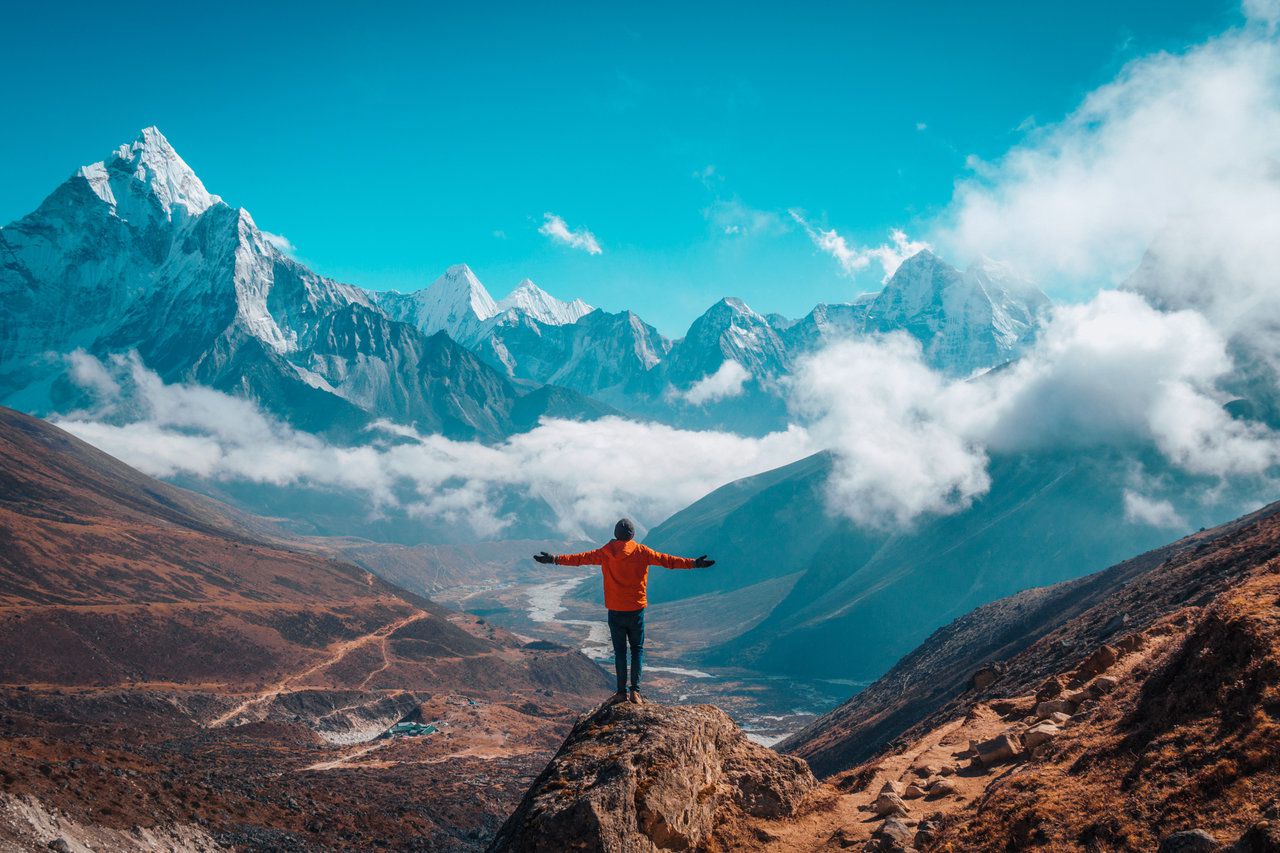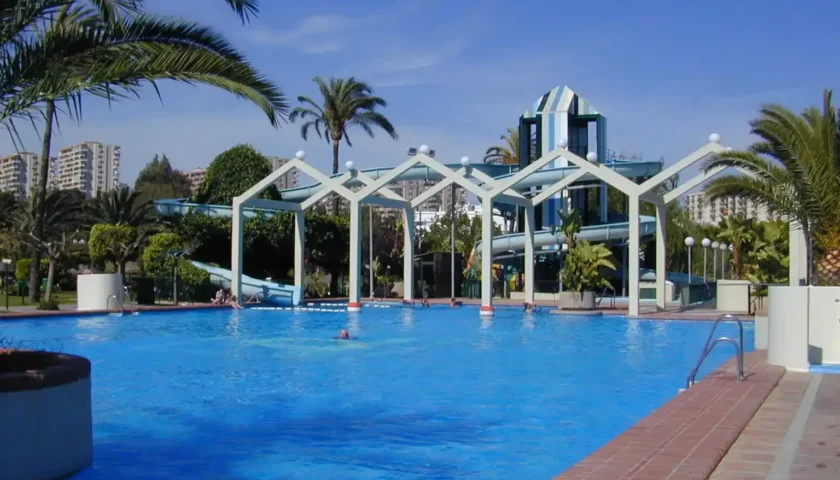Nestled in the heart of the majestic Himalayas, the Everest Base Camp Trek is a dream adventure for hikers and nature enthusiasts around the world. This iconic trek offers an unparalleled opportunity to witness the world’s tallest peak, Mount Everest, up close, while immersing yourself in the breathtaking landscapes and vibrant culture of the Khumbu region. In this complete guide, we’ll provide you with all the essential information you need to embark on this unforgettable journey.
1. Planning Your Trek
a. Best Time to Trek
The ideal time to trek to Everest Base Camp is during the pre-monsoon (spring) and post-monsoon (autumn) seasons. The months of March to May and September to November offer stable weather conditions, clear skies, and comfortable temperatures. During these times, you’ll have the best chances of capturing stunning views of the Himalayan peaks.
b. Permits and Regulations
Before embarking on the trek, you’ll need two permits: the Sagarmatha National Park Permit (SNP) and the Khumbu Pasang Lhamu Rural Municipality Permit (KPLRP). These permits are obtainable in Kathmandu and Lukla, the starting point of the trek. It’s essential to carry these permits as they are frequently checked along the trail.
c. Fitness and Training
The Everest Base Camp Trek is physically demanding. You should be reasonably fit and prepared for long days of hiking. Cardiovascular fitness, endurance training, and strength exercises will help you tackle steep ascents and descents. Training for altitude is also crucial as you will ascend to high altitudes during the trek.
2. Trekking Itinerary
The classic Everest Base Camp Trek usually takes around 12-14 days to complete, depending on your chosen route and acclimatization schedule. Here’s a basic itinerary:
– Day 1: Fly from Kathmandu to Lukla and trek to Phakding.
– Days 2-3: Trek from Phakding to Namche Bazaar, the bustling Sherpa capital.
– Days 4-5: Acclimatize in Namche Bazaar with short hikes to nearby villages.
– Days 6-8: Trek to Tengboche, Dingboche, and Lobuche.
– Day 9: Rest or acclimatize in Lobuche.
– Days 10-11: Trek to Gorak Shep, then ascend to Everest Base Camp.
– Day 12: Hike to Kala Patthar for sunrise views and return to Pheriche.
– Days 13-14: Descend to Namche Bazaar and Lukla for your return flight to Kathmandu.
3. Accommodation and Food
Teahouses and lodges dot the entire trekking route. These basic yet comfortable accommodations provide meals and a warm place to sleep. The food is primarily a mix of Nepali and Western cuisines, with options like dal bhat, momo (dumplings), and various pasta dishes. Remember that food costs tend to rise as you ascend due to logistical challenges.
4. Altitude and Acclimatization
One of the most critical aspects of trekking to Everest Base Camp is acclimatization. Altitude sickness is a real threat at higher elevations, and it’s essential to acclimatize properly to avoid health risks. The recommended acclimatization days at Namche Bazaar, Dingboche, and Lobuche help your body adjust to the thinning air.
5. Packing Essentials
Packing efficiently is crucial for a successful trek. Essential items include:
– Warm, layered clothing
– A good quality down jacket
– Sturdy hiking boots
– A comfortable backpack
– A high-altitude sleeping bag
– Trekking poles
– Water purification tablets
– First aid kit
– Headlamp
– Power bank and charging cables
6. Safety and Health
Prioritize safety and health throughout the trek. Drink plenty of water, maintain a slow pace to prevent altitude sickness, and listen to your body. It’s also wise to have travel insurance that covers medical evacuations if necessary.
7. Cultural Etiquette
Respect the local culture and traditions of the Sherpa people. Always ask for permission before taking photos of locals, remove your shoes when entering their homes or temples, and avoid pointing your feet at religious objects.
8. Environmental Conservation
The Everest region is fragile, and sustainable trekking practices are crucial. Dispose of waste properly, avoid using single-use plastics, and support eco-friendly lodges and initiatives.
9. Things to do
When embarking on the Everest Base Camp Trek, there are several things to do and experiences to enjoy to make your journey both memorable and fulfilling. Here are some of the top activities and highlights to consider:
Capture Breathtaking Views: Be sure to carry a good camera to capture the stunning Himalayan landscapes, especially sunrise and sunset views of Mount Everest from vantage points like Kala Patthar.
Visit Everest Base Camp: The ultimate goal of the trek is to reach Everest Base Camp. Take your time to explore the base camp and witness the climbers preparing for their ascent, weather permitting.
Acclimatize Properly: Follow the recommended acclimatization schedule and spend extra days at higher elevations to adjust to the altitude. This will significantly reduce the risk of altitude sickness.
Explore Namche Bazaar: This vibrant Sherpa town is a hub for trekkers and climbers. Visit the local market, museums, and bakeries. It’s a great place to rest and acclimatize.
Trek to Kala Patthar: This vantage point offers one of the most stunning panoramic views of the Himalayas, including Mount Everest, Lhotse, Nuptse, and the Khumbu Glacier.
Visit Tengboche Monastery: Explore this ancient Tibetan Buddhist monastery and experience a sense of tranquility amidst the mountains.
Interact with Locals: Take the time to connect with the friendly Sherpa people and learn about their culture and way of life. You can even visit local homes and monasteries.
Try Local Cuisine: Savor traditional Nepali dishes like dal bhat (lentil soup with rice), momo (dumplings), and Sherpa stew. Enjoy a warm cup of tea at the teahouses along the trail.
Support Local Communities: Purchase handicrafts and souvenirs from local shops to contribute to the local economy. Consider hiring local guides and porters to support the livelihoods of the Sherpa people.
Experience Local Festivals: If your trek coincides with local festivals like Mani Rimdu in Tengboche, immerse yourself in the unique cultural celebrations.
Relax at Natural Hot Springs: After a long day of trekking, soothe your muscles at the natural hot springs in Jorsalle or Pheriche.
Join a Group or Hire a Guide: While some trekkers prefer solitude, joining a group or hiring a guide can enhance your experience by providing safety, camaraderie, and cultural insights.
Enjoy the Night Sky: At higher elevations, the night sky is exceptionally clear. Stargazing can be a magical experience, so take some time to appreciate the celestial beauty.
Environmental Conservation: Contribute to preserving the pristine environment by following “Leave No Trace” principles. Carry your trash, use eco-friendly products, and support lodges with sustainable practices.
Reflect and Meditate: Take moments of solitude to reflect on your journey and the awe-inspiring landscapes. The tranquility of the Himalayas offers a unique opportunity for meditation and self-discovery.
Stay Safe: Prioritize safety and health throughout your trek. Be prepared for changing weather conditions and carry essential safety gear, including a first aid kit and communication devices.
Conclusion
Trekking to Everest Base Camp is a once-in-a-lifetime adventure that combines stunning natural beauty with a rich cultural experience. With proper planning, preparation, and respect for the environment and local culture, you can make this dream trek a reality. Remember, the journey to Everest Base Camp is not just about reaching the destination; it’s about embracing the entire experience and leaving with a profound appreciation for the world’s highest mountains and the people who call this rugged terrain home. Remember that the Everest Base Camp Trek is not just about reaching the destination; it’s about the entire experience of immersing yourself in the natural beauty, culture, and challenges of the Himalayas. Embrace each moment and create lasting memories of this extraordinary adventure.





